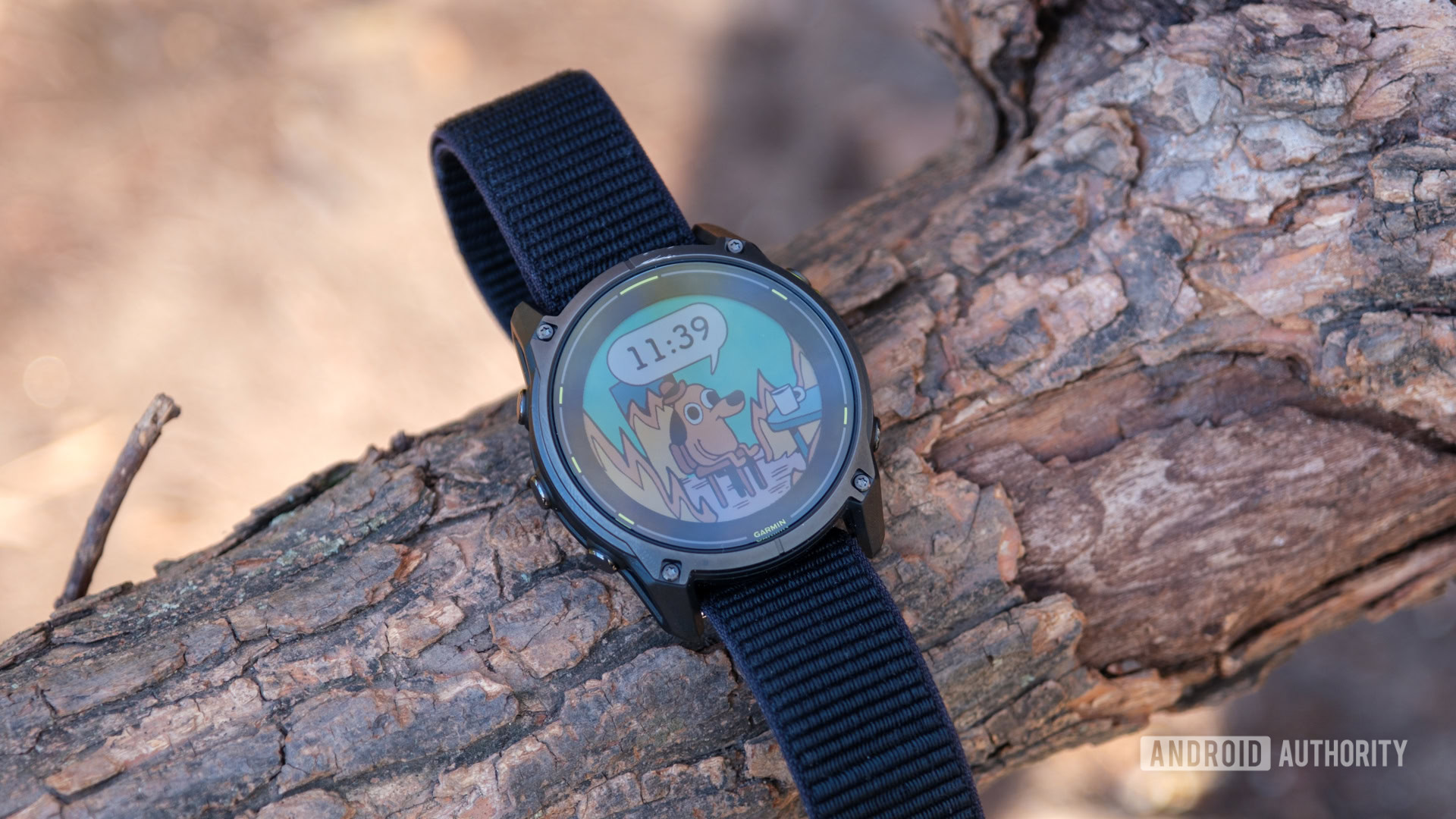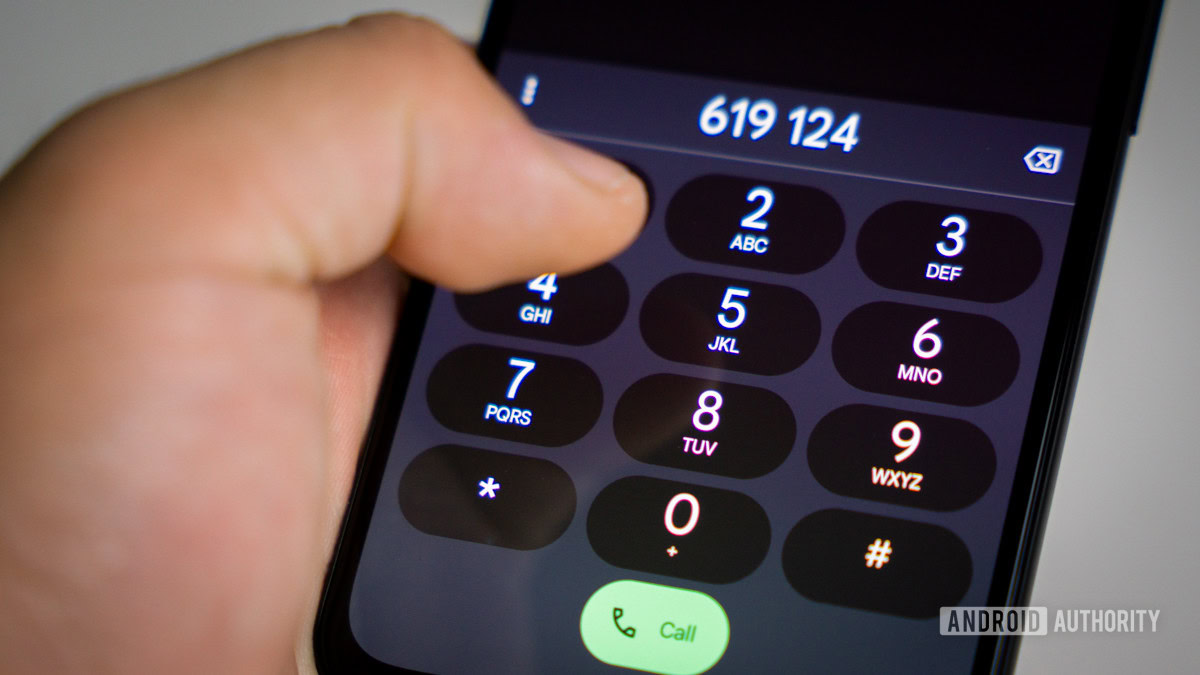In theory, the Google Pixel 9 Pro Fold should be a dream for capturing hands-free photos of yourself and your friends. Fold it halfway, stand it on something, and use a gesture to snap a picture — easy, right? Well, technically, yes, but I can still count on one hand the number of times I’ve set up a foldable phone — Pixel, Galaxy, or otherwise — for hands-free photos, and here’s why.
Doubts about durability
C. Scott Brown / Android Authority
My biggest worry about setting a foldable phone like the Pixel 9 Pro Fold anywhere for a hands-free shot is a simple one — I don’t want to break it. Right now, foldables — book-style like the Pixel 9 Pro Fold or flip-style like the Razr (2024) — still come up a little short regarding IP ratings, and it’s enough to make me a little nervous. Sure, they’re better at keeping water out now that both Google and Motorola have secured IPX8 certifications, but it’s the missing dust protection that I’m worried about.
See, I’d like to consider myself at least somewhat adventurous, mixing up my summer with hikes, trips to the beach, and regular stops at the climbing gym — three places that involve a lot of exposure to dirt, dust, and sand. It’s the unholy trinity of places that could spell doom for a very expensive Android phone. I’d love to sit a Razr (2024) or a Pixel 9 Pro Fold down on a climbing mat and use its ultrawide camera to get a clip of myself sending a route, but doing so would involve placing the precious hinge mere millimeters from a fine layer of climbing chalk. Even outside the gym, I’d think twice before setting a Pixel 9 Pro Fold down mid-hike to grab a clip or a selfie just in case something happens.
Just how much risk are you willing to take with a phone that could cost $1,800?
There is, of course, one pair of foldable phones with a little bit of dust resistance — Samsung’s Galaxy Z Flip 6 and Galaxy Z Fold 6. They come with IP48 ratings, meaning they can withstand particles larger than one millimeter and have the same protection against water that several other foldables offer. It’s an improvement over what Google and Motorola offer, for sure, but it’s still not quite fine enough for climbing or a trip to the beach because a grain of sand is about half a millimeter, and a particle of climbing chalk is even finer than that. And yes, I realize that even the Pixel 9 Pro Fold and Razr (2024) series have some protection against dust within their hinges, but it’s not enough to earn an IP certification, which means I’d still rather not risk it.
I’d love to say that simply throwing a case on a flip phone or book-style foldable would do enough to reassure me that it wouldn’t get debris near the hinge while sitting it down for a photo, but I don’t think I can. Foldable phone cases still need to account for the hinge, leaving enough space for the device to flex and fold, which means there’s still enough space for a tiny little particle to work its way in and cause a big old headache.
Would you risk dust in your foldable phone to take a hands-free photo?
0 votes
Looking for a better angle
C. Scott Brown / Android Authority
The other problem with setting up a foldable phone and using it for a hands-free selfie is one that traditional flagships have, too — finding that perfect angle. Yes, it’s way easier to do on a flip phone since you can angle the top half up and down, and Samsung’s Auto Zoom on the Galaxy Z Flip 6 can help with your framing, but it’s not quite so simple on a Pixel 9 Pro Fold.
Although you can close the phone halfway and prop it up for your shot, the angle required for balance means that you can’t see the image preview and the cameras simultaneously. That means you either have to open your Pixel 9 Pro Fold all the way and lean its fragile 8-inch internal display against something so you can see your shot, or you can open it halfway and make all of your adjustments before you snap your photo and then just hope for the best. Unfortunately, both options only really allow you to angle the Pixel 9 Pro Fold’s cameras left or right — adjusting up and down is a different beast entirely.
There's just no good way to check your image preview with a book-style foldable phone.
Let’s head back to the climbing gym to see what I mean. If I wanted to set up the Pixel 9 Pro Fold below an overhung boulder (one where I’d be climbing upside down) for a video, it might not capture the entire climb when folded like the photo above. Sure, I could pop out to the ultrawide field of view, but the distortion at the start and finish of the climb might make it tougher for me to review my different moves. My other option is to flip the Fold 90 degrees, making it easier to angle the camera up or down for my entire climb. When I do that, though, I once again make it impossible to see myself in the image preview and risk putting the hinge right back down next to a layer of climbing chalk — something I think they call a no-win scenario.
Of course, the Pixel 9 Pro Fold isn’t the only foldable phone to suffer from this almost-good-but-actually-bad camera feature — they all do it. It’s no easier to set up a hands-free video and get real-time feedback on the Galaxy Z Fold 6 or the OnePlus Open (which might still have the best camera on a foldable phone), either. Trust me, I’ve tried it with all of them. But hey, at least flip phones can handle vertical adjustments and live image previews, as long as you’re willing to risk the lack of dust protection.
One day, I hope I can change my mind. The first time we see a foldable phone with a full IP68 rating, it’ll become my favorite phone for trips to the beach and the climbing gym, but we’re not there yet.

Google Pixel 9 Pro Fold
Improved design • 8-inch folding display • Seven years of software updates
The Fold goes Pro.
The Pixel 9 Pro Fold is Google's most impressive foldable to date, offering a 6.3-inch exterior display, 16GB of RAM, and 256GB of internal storage. When you're ready for more, unfold to access the 8-inch interior display. Solid cameras, a decent battery, and top-notch software support round out this monster of a device.







 English (US) ·
English (US) ·